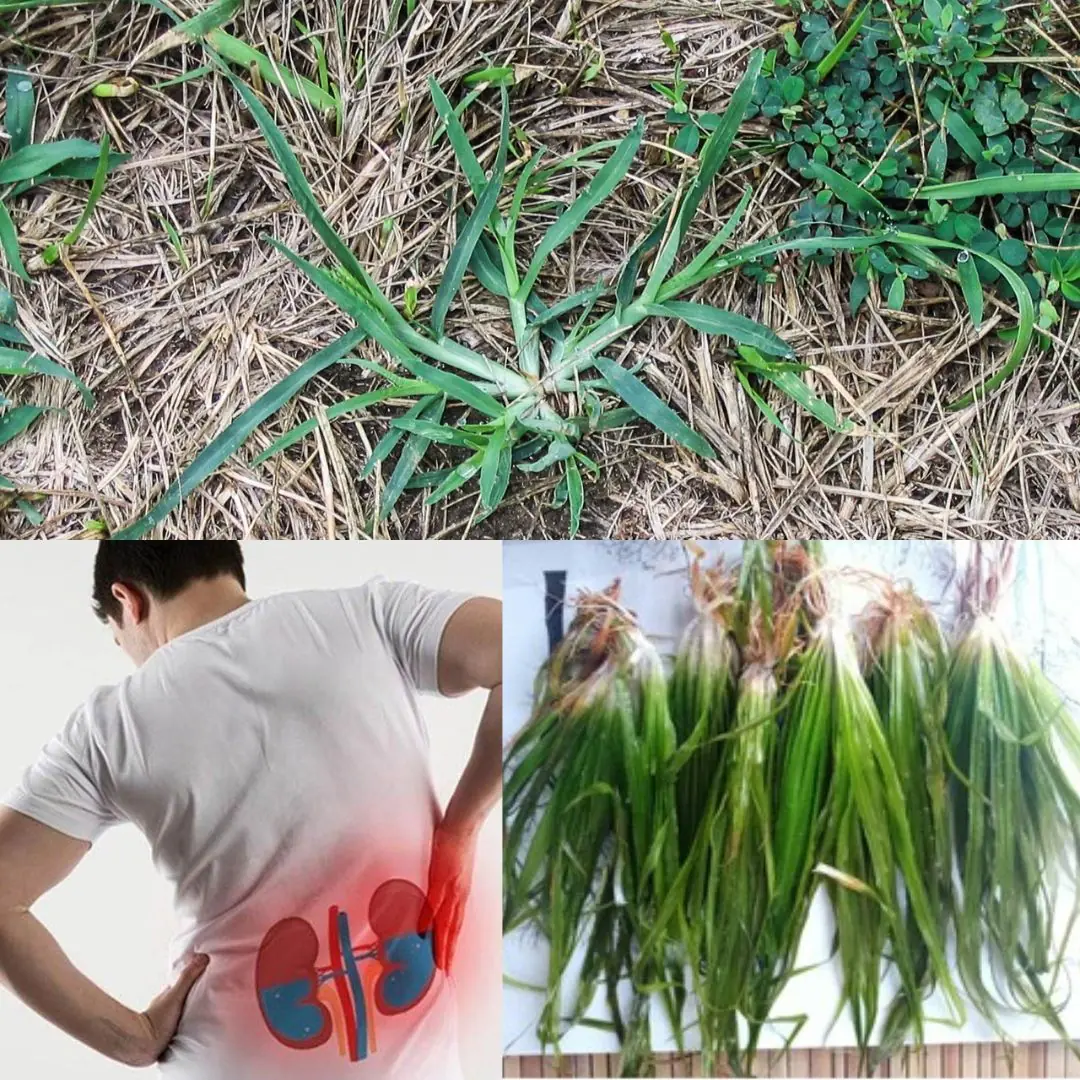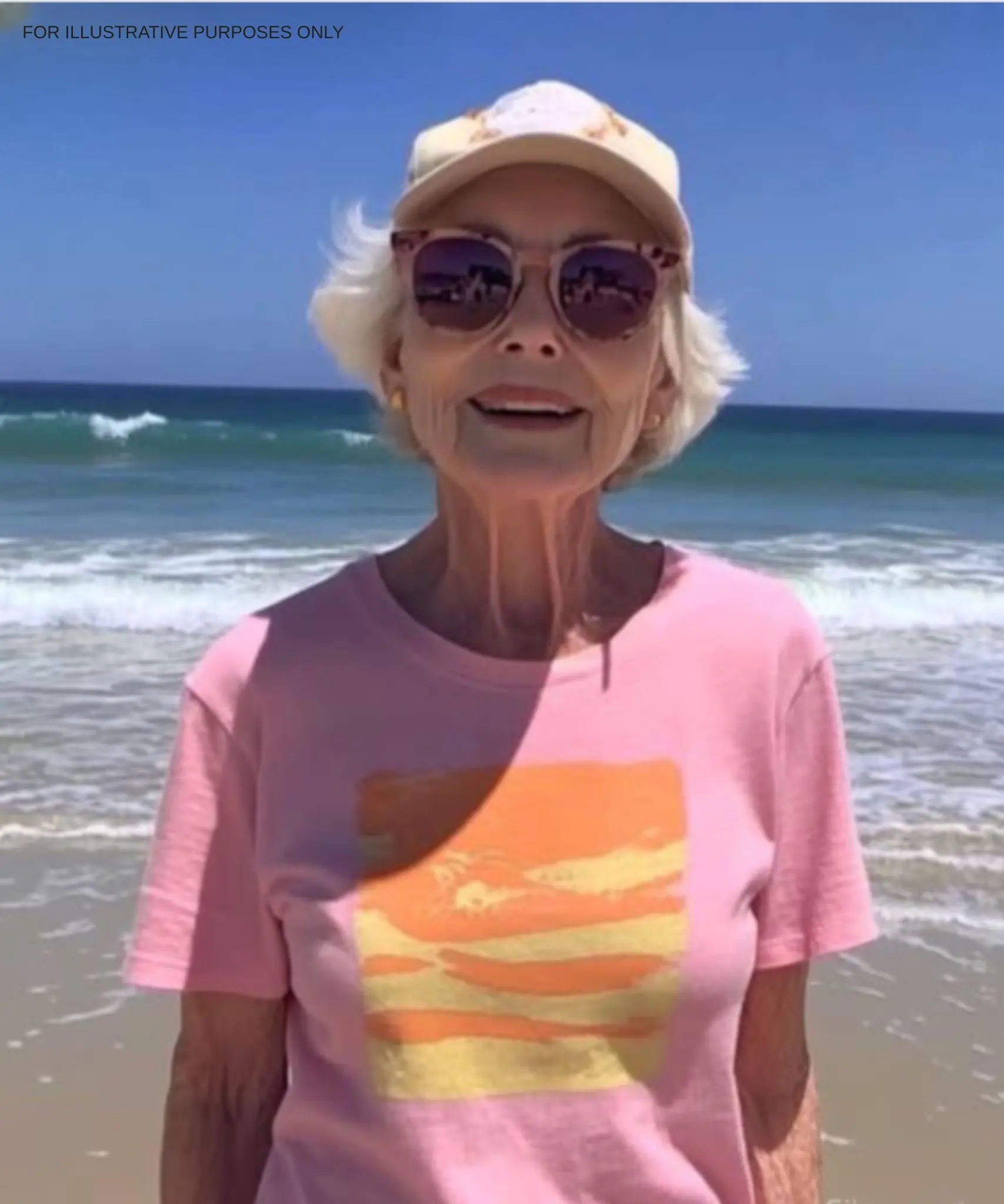
Exoplanet’s surface may be covered in oceans, James Webb Space Telescope finds
The so-called Hycean planet K2–18 b is around twice the size of Earth and orbits in the habitable zone of a star located 120 light-years from our solar system.
Illustration of a planet and its cool red dwarf star. In the foreground on the right is the planet, which fills most of the frame. The planet is various shades of blue, with wisps of white scattered throughout. The left edge of the planet (the side facing the star) is lit, while the rest is in shadow. In the background at the lower left is the star, which appears smaller. The star has a bright red glow. Also in the background is another planet, which appears as a small crescent. The black background of space is speckled with a few small stars.
An illustration of the exoplanet K2–18 b, which dwells in the habitable zone of its star and is now known to have carbon-based molecules in its atmosphere. (Image credit: NASA, ESA, CSA, Joseph Olmsted (STScI))
The James Webb Space Telescope (JWST) has discovered evidence of carbon-based molecules in the atmosphere of a suspected ocean world.
The extra-solar planet or exoplanet known as K2–18 b is a tantalizing target for astronomers as they search for life beyond the solar system, as previous research and observations with the Hubble Space Telescope have indicated that the planet could be an ocean or “Hycean” world replete with liquid water — a vital ingredient for life. K2–18 b has a radius between two and three times larger than Earth’s and is located 120 light-years away from the solar system.
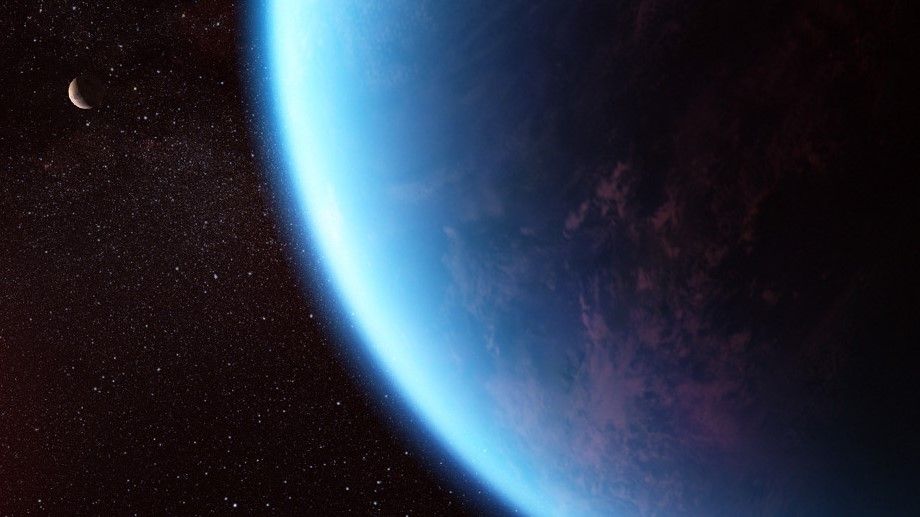
The new results showed traces of carbon dioxide and methane in K2–18 b’s atmosphere without detecting ammonia, which likely indicates a water ocean under a hydrogen-rich atmosphere. These findings support the hypothesis that K2–18 b may belong to a class of exoplanets with conditions suitable for life but vastly different from Earth’s own environment.
“Our findings underscore the importance of considering diverse habitable environments in the search for life elsewhere,” research lead author and University of Cambridge scientist Nikku Madhusudhan said in a statement. “Traditionally, the search for life on exoplanets has focused primarily on smaller rocky planets, but the larger Hycean worlds are significantly more conducive to atmospheric observations.”
With mass around 8.6 times that of Earth and located in its cool star’s habitable zone — the region which is neither too hot nor too cold to host liquid water — K2–18 b is an example of a planet with a size between Earth and the solar system’s ice giant Neptune. These worlds are referred to as “sub-Neptunes” and are unlike any planets in the solar system, which makes them something of a mystery to astronomers, who are currently debating the nature of their atmospheres.
This research should help start to lift the veil surrounding the atmospheres and environmental conditions of both sub-Neptunes and Hycean worlds. It also highlights a new direction in exoplanet research — focusing not just on Earth analogues, but on exotic environments where life might arise under unfamiliar conditions. As technology improves, we may begin identifying biosignatures that don’t resemble what we find on Earth.
Is this proof of life outside the solar system?
In addition to turning up carbon molecules, the JWST findings also showed the possible presence of something potentially more exciting in the atmosphere of K2–18 b.
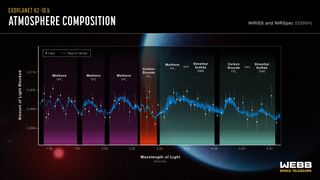
The space telescope seems to have detected dimethyl sulfide (DMS), which on Earth is only produced as a by-product of life, mainly created by phytoplankton. The team is cautious about this detection, which is far less certain than the presence of carbon molecules. “Upcoming Webb observations should be able to confirm if DMS is indeed present in the atmosphere of K2–18 b at significant levels,” explained Madhusudhan.
This sense of caution has to be applied to the K2–18 b findings in general when it comes to speculating about alien life. Even if the planet has a liquid water ocean and an atmosphere containing carbon molecules, that doesn’t necessarily mean it harbors life or that the exoplanet could even support living things at all.
With a width of around 2.6 times that of Earth, the planet’s size means its interior contains high-pressure ice similar to Neptune but with a thinner atmosphere and an ocean surface. This means the planet may be boiling away liquid water, making its oceans too hot to host life.
Scientists emphasize that even in the absence of life, learning about these distant atmospheres helps build a catalog of potentially habitable environments and expands our understanding of planetary diversity in the universe. Furthermore, it helps define the boundaries of what might be considered "life-friendly" conditions.

How the James Webb Space Telescope saw right through an ocean world
The graphic shows the spectra of the exoplanet K2-18 b from NIRISS and NIRSpec in the form of a graph, with the vertical y-axis labelled as Amount of Light Blocked and the horizontal axis labelled as Wavelength of Light (microns). The spectra is plotted as dots with vertical short vertical lines across the plot, with the best-fit model as a blue jagged white line. There are green, yellow and light blue vertical columns of varying thicknesses scattered across the plot indicating where variations in the line represent the presence of methane, carbon dioxide, and dimethyl sulphide, respectively. Behind the graph is an illustration of the planet and star.
Spectrum of K2-18 b, obtained with Webb’s NIRISS (Near-Infrared Imager and Slitless Spectrograph) and NIRSpec (Near-Infrared Spectrograph), displays an abundance of methane and carbon dioxide in the exoplanet’s atmosphere, as well as a possible detection of a molecule called dimethyl sulfide (DMS). The detection of methane and carbon dioxide, and shortage of ammonia, are consistent with the presence of an ocean underneath a hydrogen-rich atmosphere in K2-18 b. K2-18 b, 8.6 times as massive as Earth, orbits the cool dwarf star K2-18 in the habitable zone and lies 120 light-years from Earth. (Image credit: NASA, CSA, ESA, J. Olmstead (STScI), N. Madhusudhan (Cambridge University))
Assessing the composition of the atmospheres of distant worlds like K2–18 b is no easy task because the light that reflects off their atmospheres is very faint compared to the light from their parent stars. Madhusudhan and the team did this for K2–18 b by waiting for the planet to cross the face of its star from the perspective of the JWST. This means that the light of its parent star shines directly through the atmosphere of the planet.
Chemical elements and compounds absorb and emit light at specific and characteristic wavelengths, which means when they are in the atmosphere of a planet, they leave a distinctive “fingerprint” on starlight — the star’s “spectra” — as it passes through that atmosphere.
“This result was only possible because of the extended wavelength range and unprecedented sensitivity of the JWST, which enabled robust detection of spectral features with just two transits,” Madhusudhan explained. “For comparison, one transit observation with the JWST provided comparable precision to eight observations with Hubble conducted over a few years and in a relatively narrow wavelength range.”
The team’s findings reflect data collected by the JWST during just two transits of K2–18 b across the face of its parent star. More observations of the exoplanet are on the way, but the team behind these findings thinks what they have seen thus far is already proof of the power of the JWST, with just one transit able to deliver as much data as Hubble could reap in eight similar crossings.
In the future, scientists aim to combine JWST data with findings from other observatories like the upcoming Nancy Grace Roman Space Telescope and ground-based telescopes such as the Extremely Large Telescope (ELT). This coordinated effort will increase confidence in biosignature detections and help distinguish between biological and non-biological sources.
“Our ultimate goal is the identification of life on a habitable exoplanet, which would transform our understanding of our place in the universe,” Madhusudhan concluded. “Our findings are a promising step towards a deeper understanding of Hycean worlds in this quest.”
The team’s research has been accepted for publication in the Astrophysical Journal Letters.
News in the same category


A wounded veteran picks up trash, as people whisper behind me.

I held her tight while she cried and wouldn’t let go.
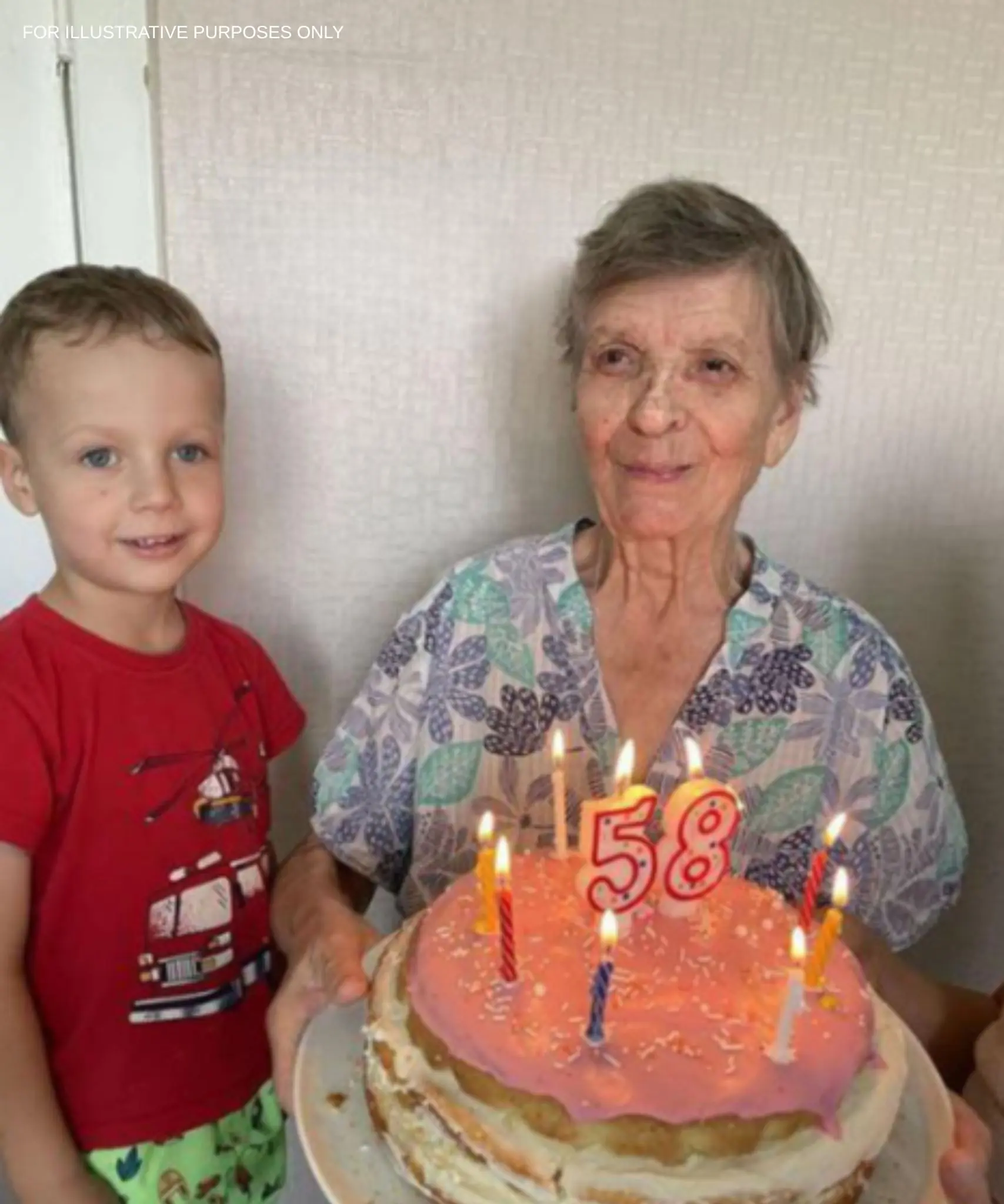
My 8-year-old son insisted that we surprise our neighbor for her birthday, but we didn’t expect how she would react.
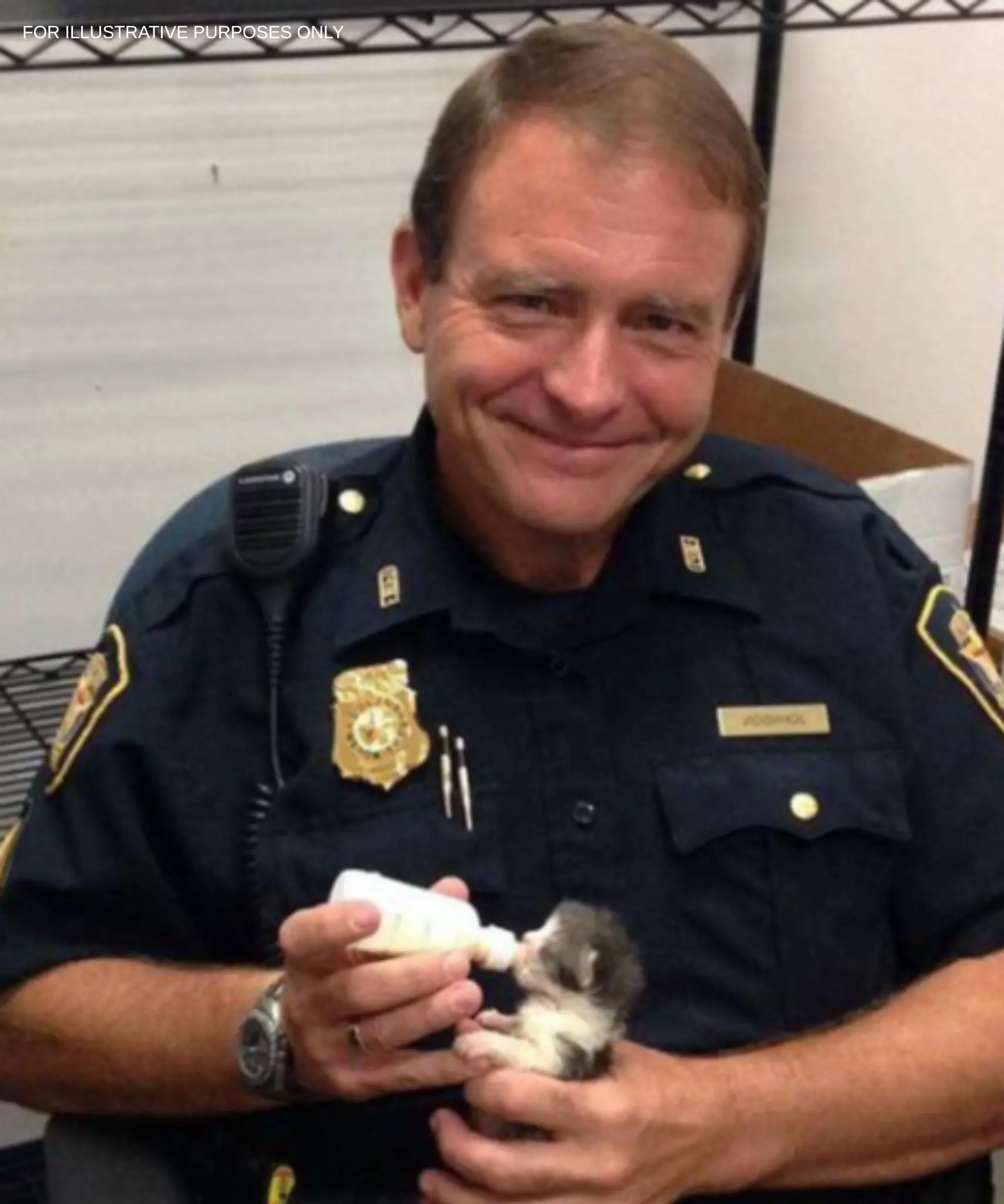
A police officer found a tiny kitten, but when he watched security footage, he frowned.

When Mommy asked, “Are you home?” I wanted to say “yes,” but I couldn’t.

A Rich Man Turned Away a 10-Year-Old Boy Begging for Help – 13 Years Later, Their Paths Cross Again in an Unexpected Twist
Soaked by rain and trembling with hunger, a young boy once asked a wealthy stranger for help, and was coldly turned away. Thirteen years later, their paths cross again, but this time the boy holds the power to change a life.

My 16-Year-Old Son Went to Stay with His Grandmother for the Summer – One Day, I Got a Call from Her
When my 16-year-old son offered to spend the summer taking care of his disabled grandmother, I thought he’d finally turned a corner. But one night, a terrifying call from my mother shattered that hope.
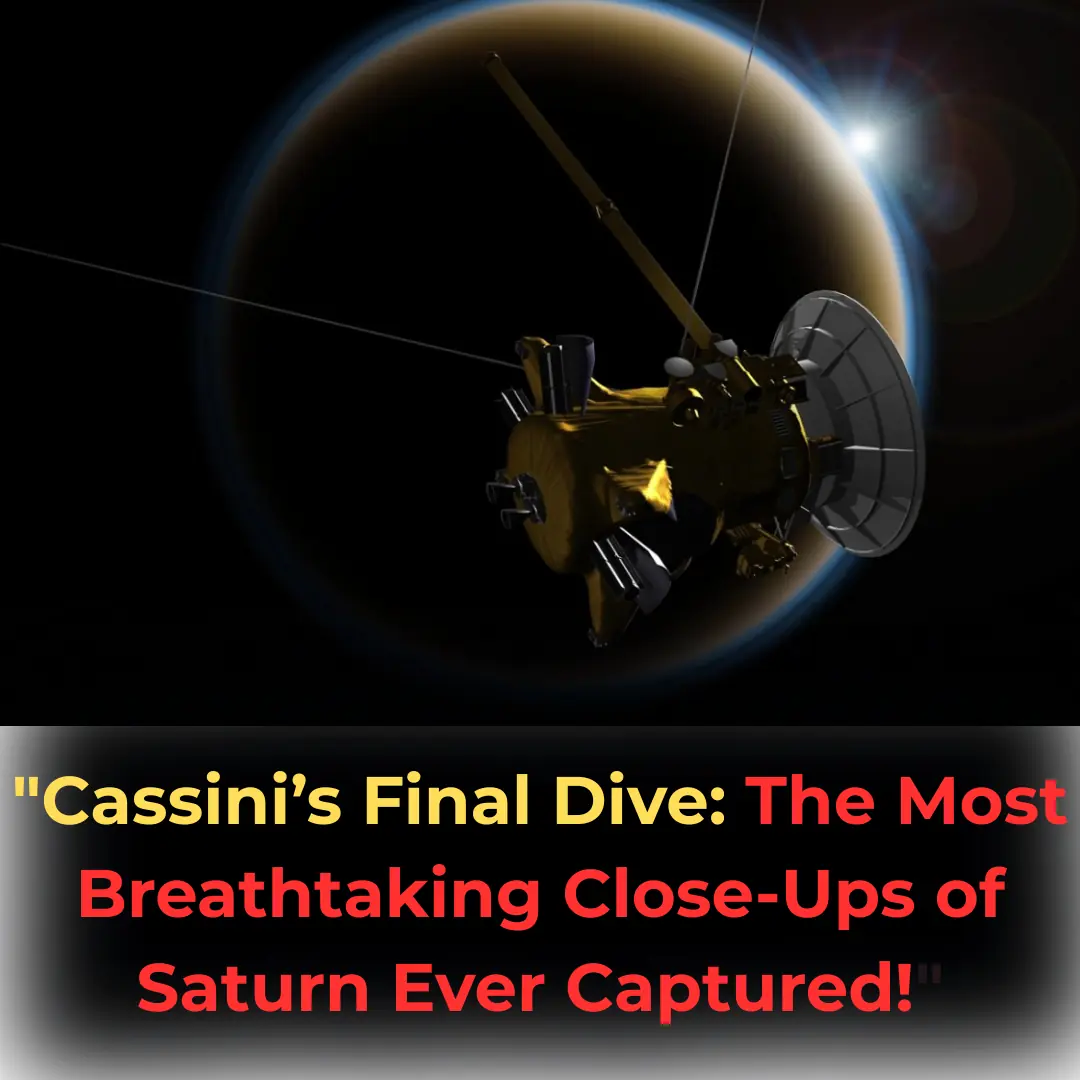
"Cassini’s Final Dive: The Most Breathtaking Close-Ups of Saturn Ever Captured!"
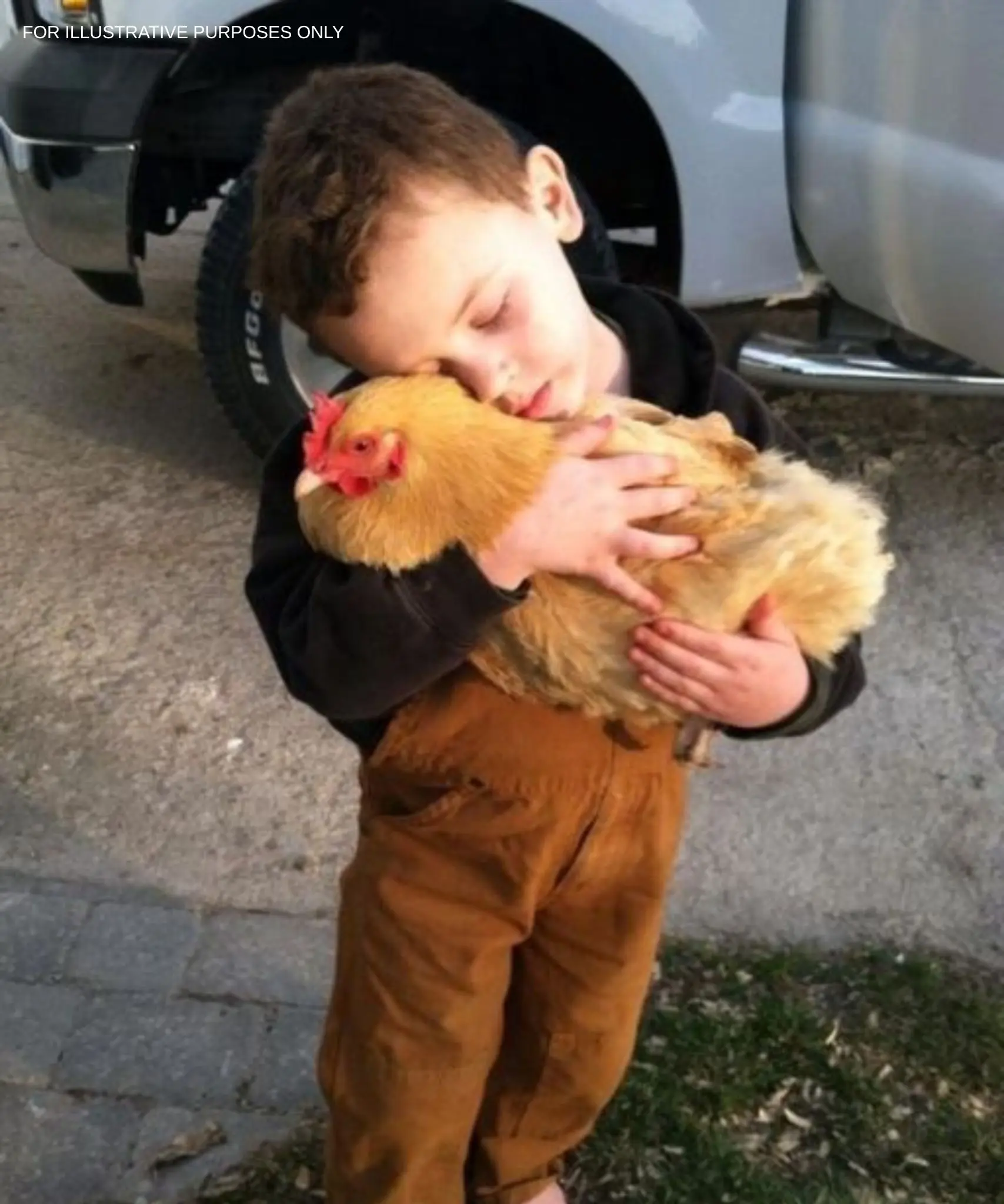
HE WOULDN’T LET GO OF THE CHICKEN—AND I DIDN’T HAVE THE HEART TO TELL HIM WHY SHE WAS MISSING YESTERDAY

A few days before graduation, I lost my parents. Then a stranger walked in.
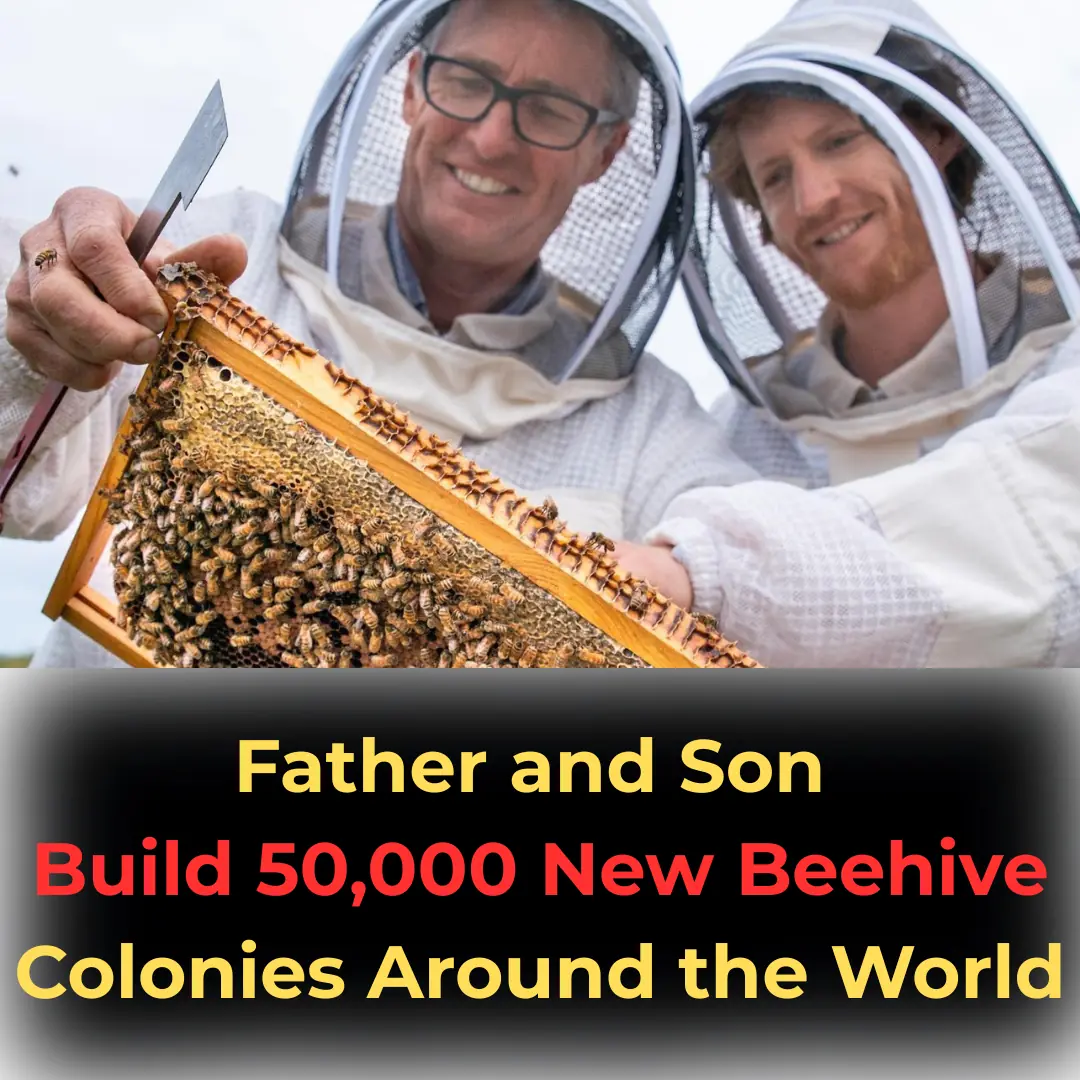
Father and Son Build 50,000 New Beehive Colonies Around the World
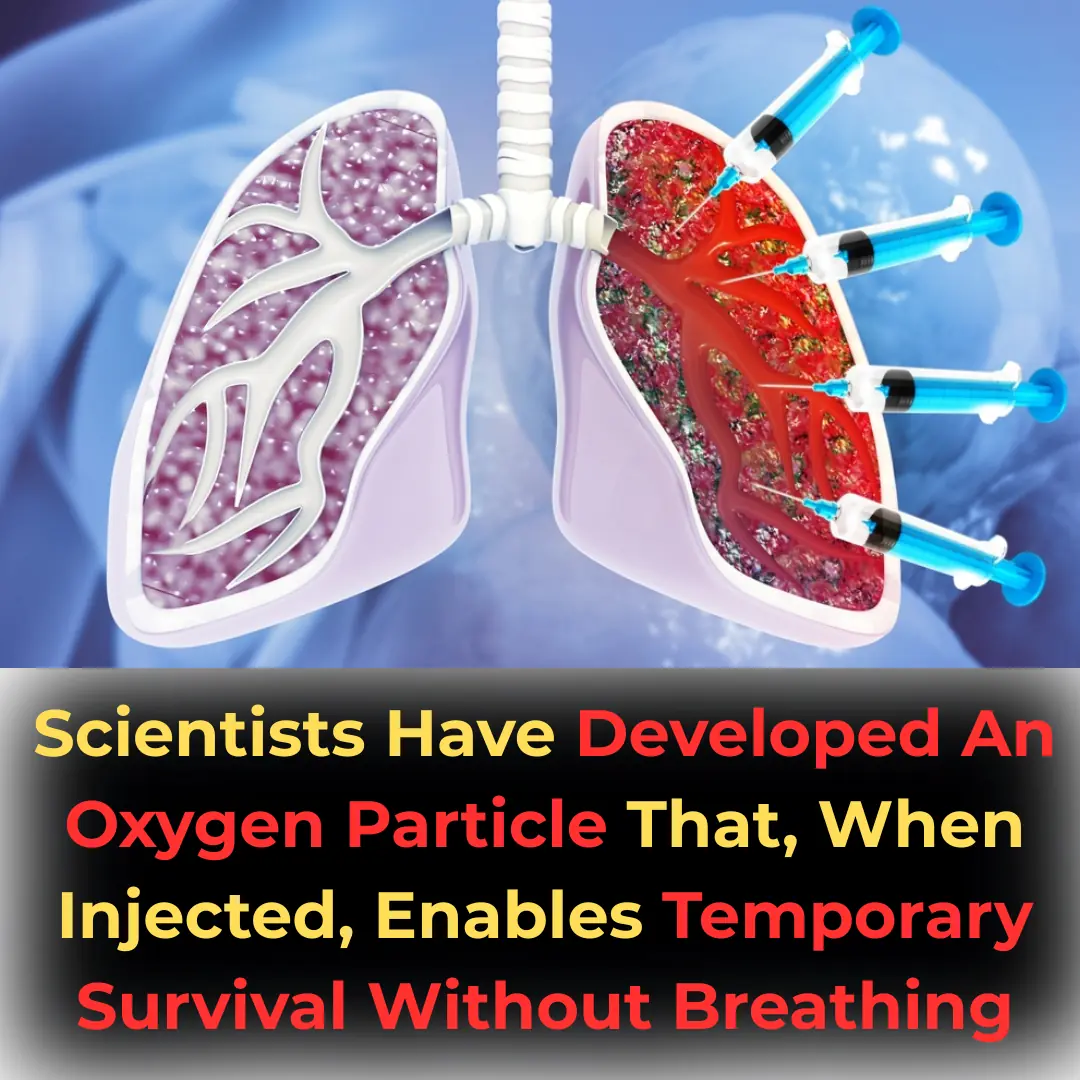
Scientists Have Developed An Oxygen Particle That, When Injected, Enables Temporary Survival Without Breathing.
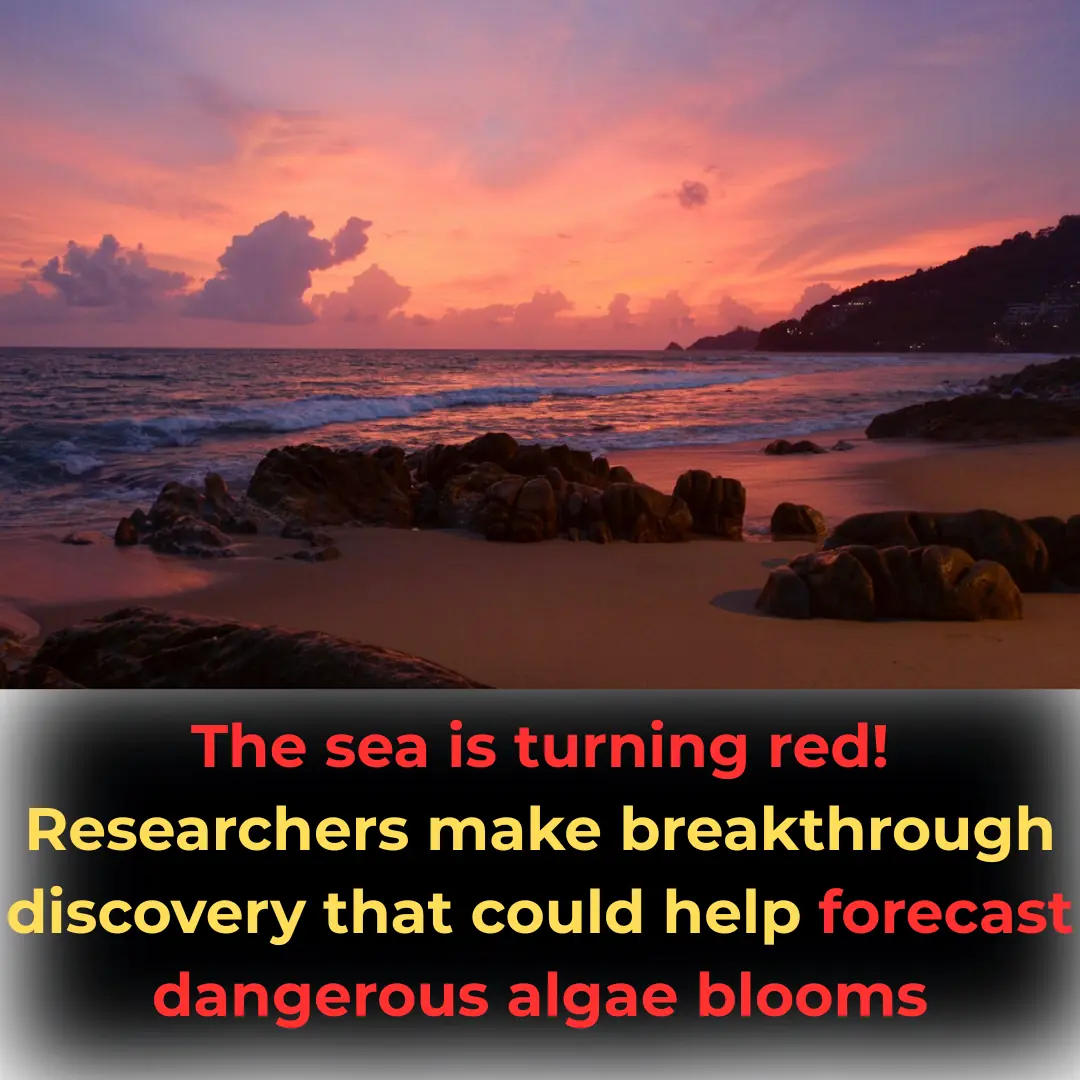
The sea is turning red! Researchers make breakthrough discovery that could help forecast dangerous algae blooms
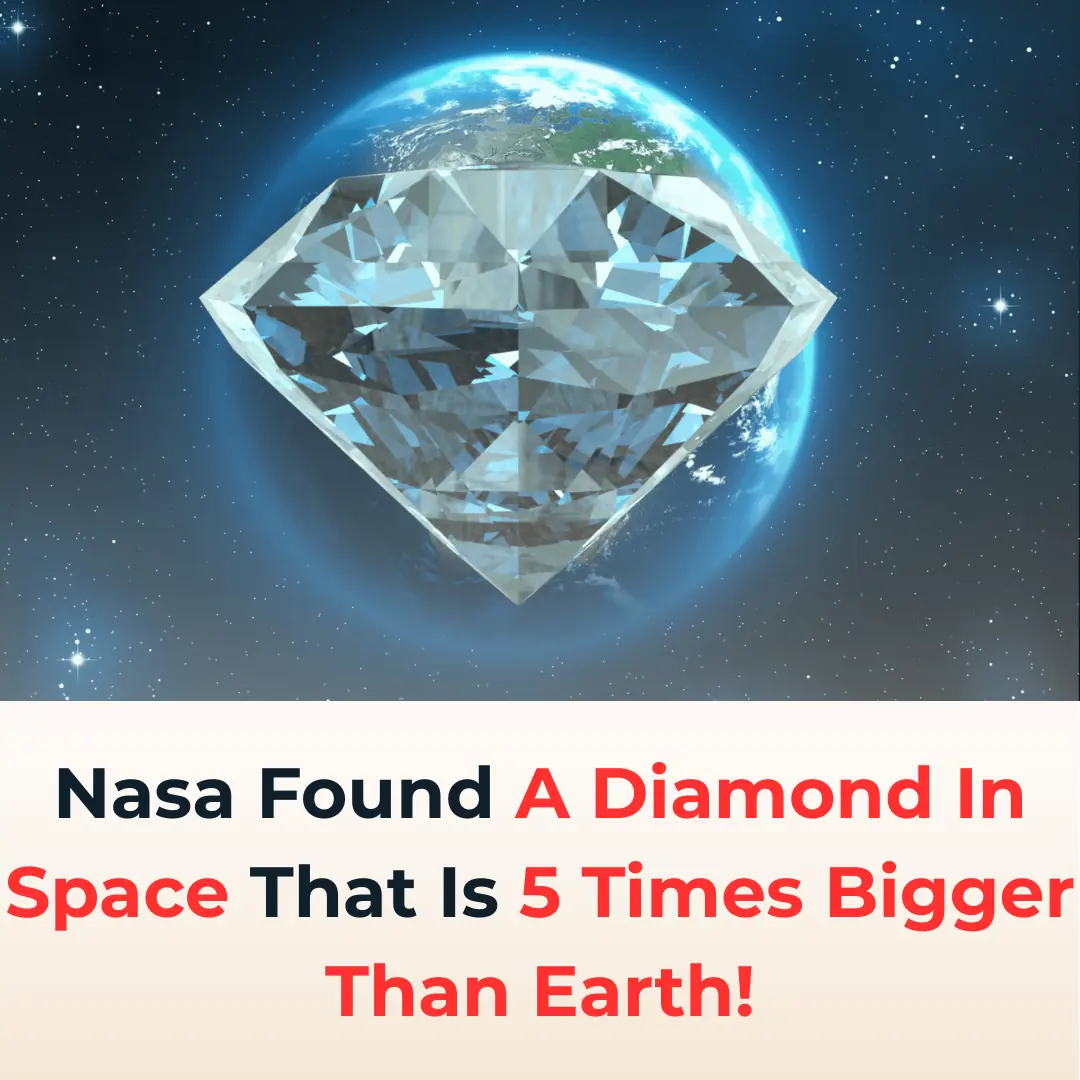
Nasa Found A Diamond In Space That Is 5 Times Bigger Than Earth!

Single Mother of 3 Shows up for the Reading of Her Late Husband's Will Only to Find Out the Lawyer Was His Mistress — Story of the Day

Scientists make history by ‘freezing’ light in groundbreaking experiment

Breaking: 75% of Sunscreen Sold in the USA Is Deemed Unsafe for Use
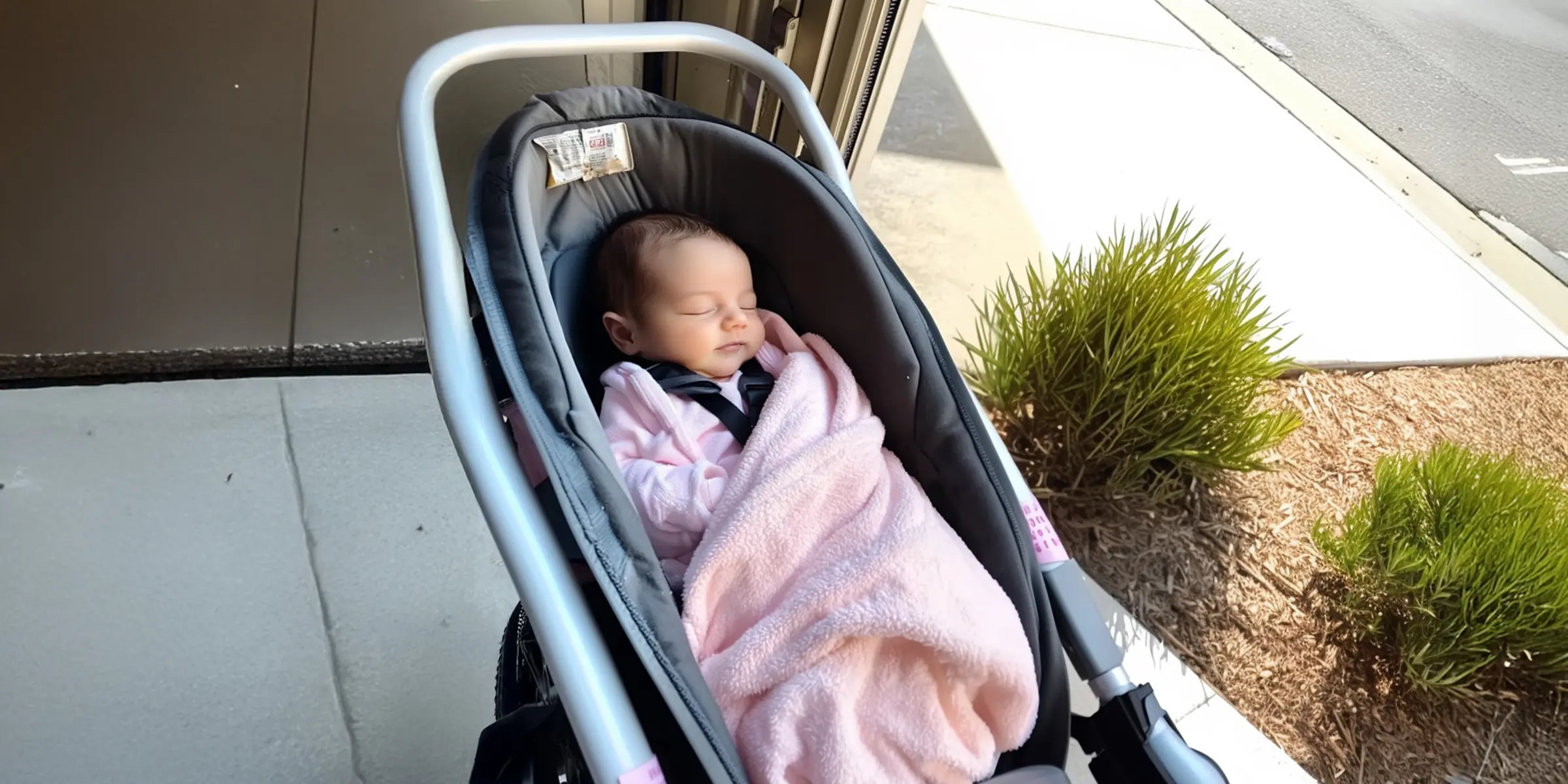
On the Morning of My Wedding, I Found a Baby on My Doorstep with a Note
The veil was on, the aisle was waiting, and I was five hours from saying "I do." Then came the doorbell. I opened the door expecting joy. Instead, I found a baby in a car seat and a chilling note... one that shattered everything I thought I knew about lov

For Years, My Relationships Never Lasted More than Three Months Until I Found a Photo of Myself Online One Night – Story of the Day
Rachel thought her biggest problem was another breakup—until she found a dating profile with her face, her name, and words she’d never written. Suddenly, the question wasn’t why do they always leave?—it was who’s been pretending to be her all al
News Post

AM I WRONG TO BE ANGRY THAT MY 71-YEAR-OLD MOM SPENT MONEY ON A TRIP INSTEAD OF HELPING ME PAY MY BILLS?
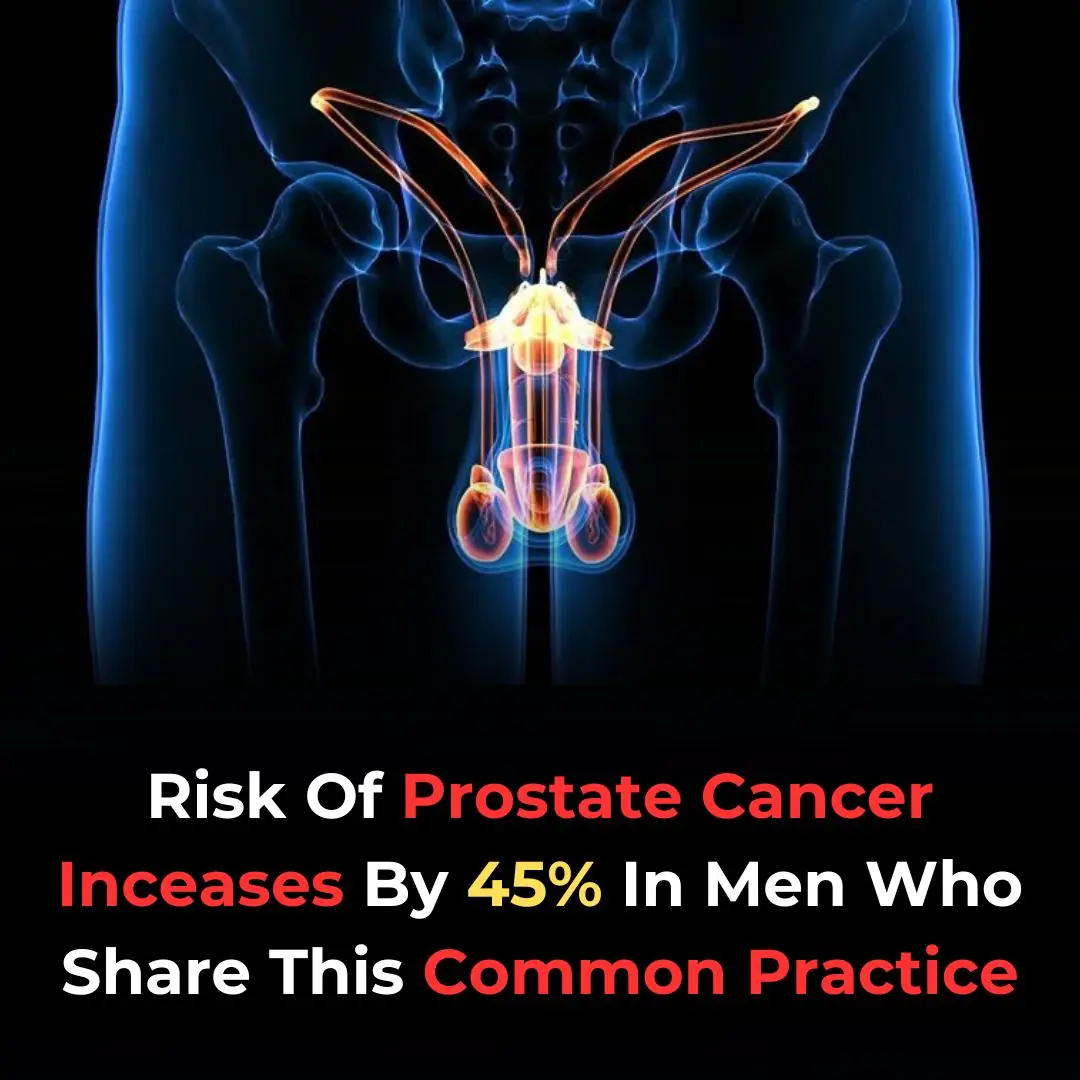
Risk Of Prostate Cancer Increases By 45% In Men Who Share This Common Practice

A wounded veteran picks up trash, as people whisper behind me.
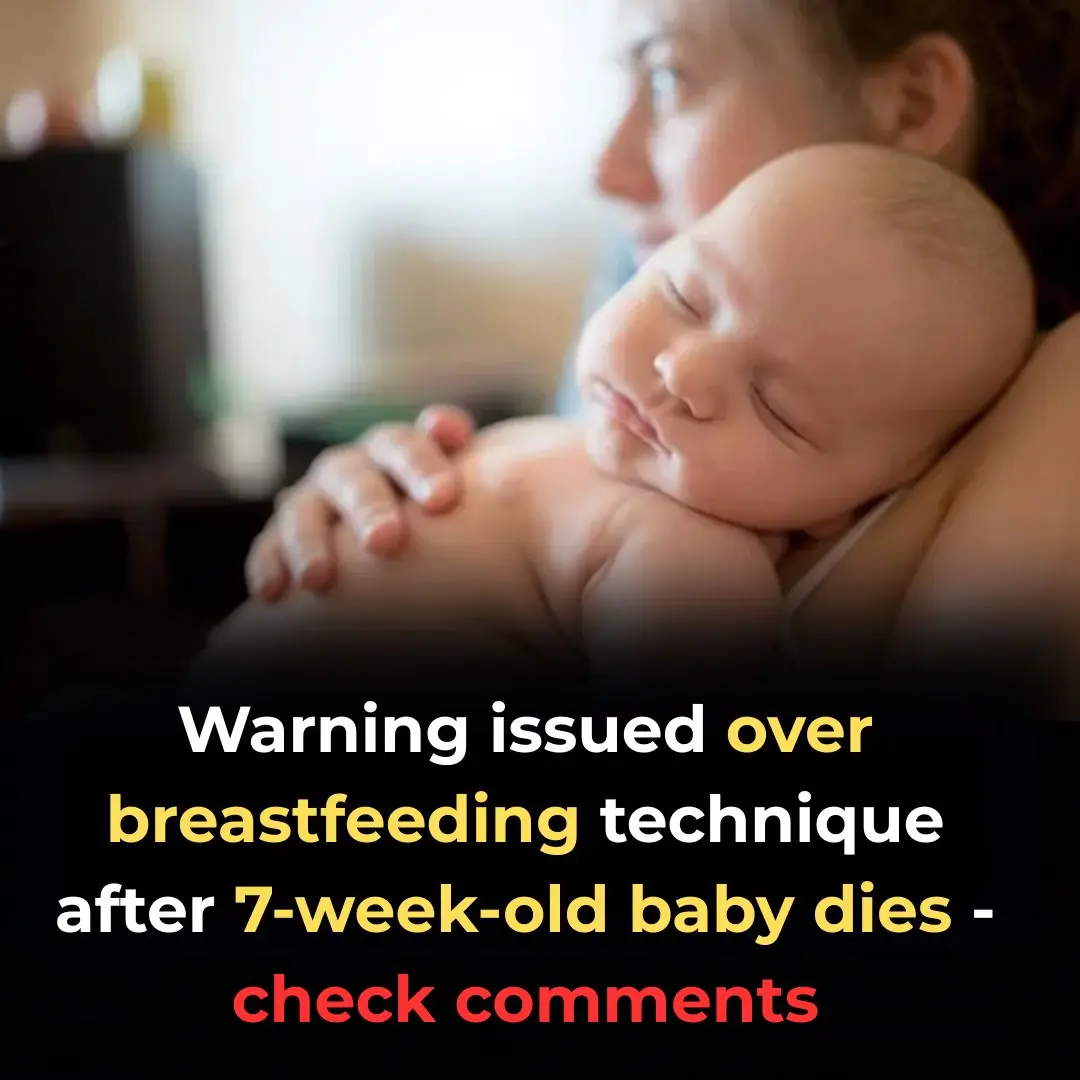
End-of-life nurse shares the most disturbing behaviors seen in those nearing death

I held her tight while she cried and wouldn’t let go.

**Say Goodbye to Skin Tags and Warts: Easy Removal with Hydrogen Peroxide**

My 8-year-old son insisted that we surprise our neighbor for her birthday, but we didn’t expect how she would react.

What Does It Signify When You Dream of a Deceased Loved One?
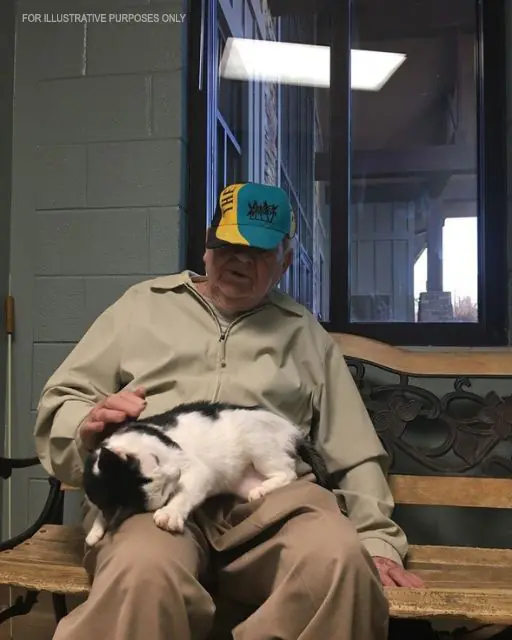
The Nursing Home Cat Only Loved One Man—and After He Passed, We Finally Understood Why

A police officer found a tiny kitten, but when he watched security footage, he frowned.

When Mommy asked, “Are you home?” I wanted to say “yes,” but I couldn’t.
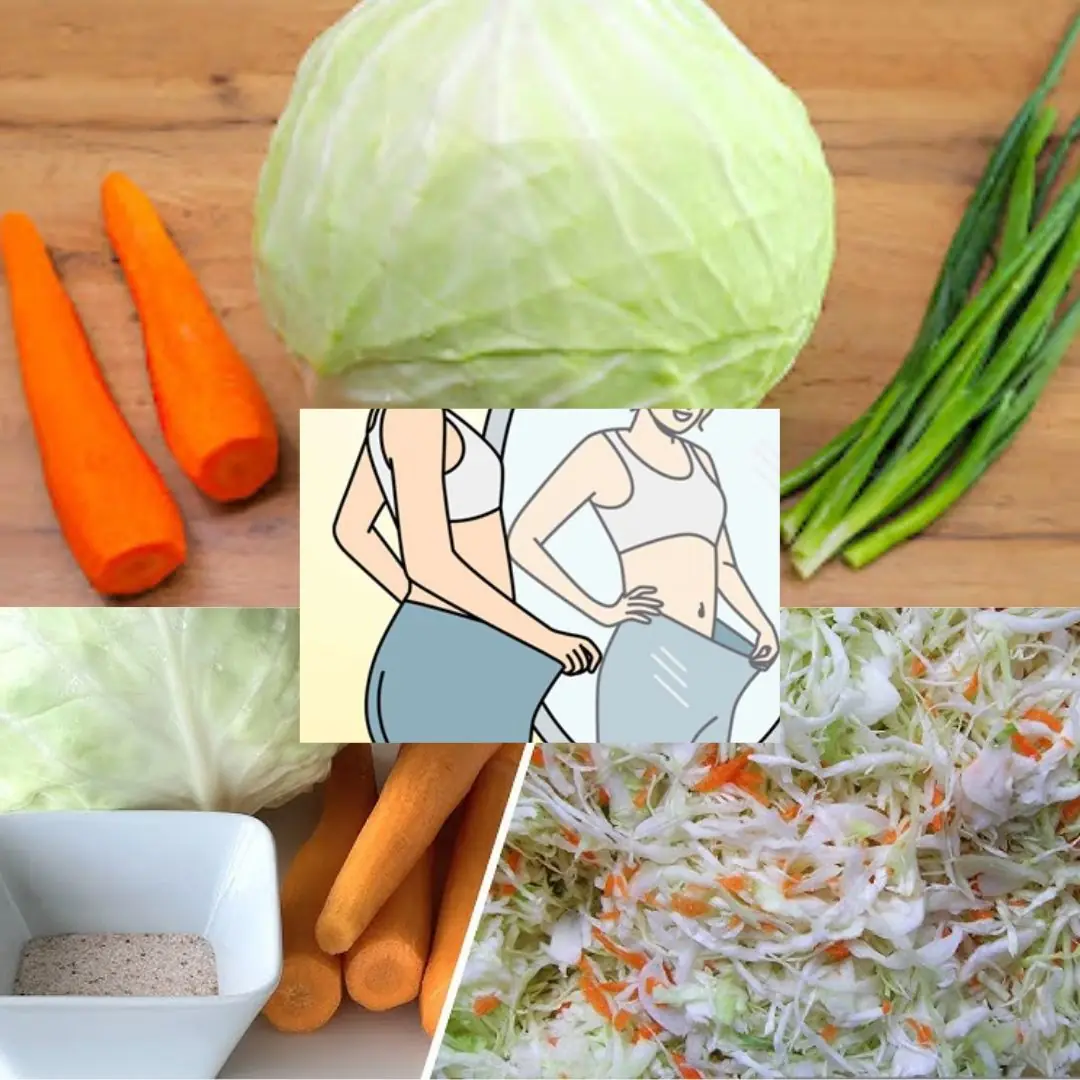
I Lost Weight Without a Diet! 🥗 –10 kg in 1 Month! Eat Day and Night and Still Lose Weight!(Carrot, Cabbage & Red Onion Magic Recipe!)

A Rich Man Turned Away a 10-Year-Old Boy Begging for Help – 13 Years Later, Their Paths Cross Again in an Unexpected Twist
Soaked by rain and trembling with hunger, a young boy once asked a wealthy stranger for help, and was coldly turned away. Thirteen years later, their paths cross again, but this time the boy holds the power to change a life.

My 16-Year-Old Son Went to Stay with His Grandmother for the Summer – One Day, I Got a Call from Her
When my 16-year-old son offered to spend the summer taking care of his disabled grandmother, I thought he’d finally turned a corner. But one night, a terrifying call from my mother shattered that hope.
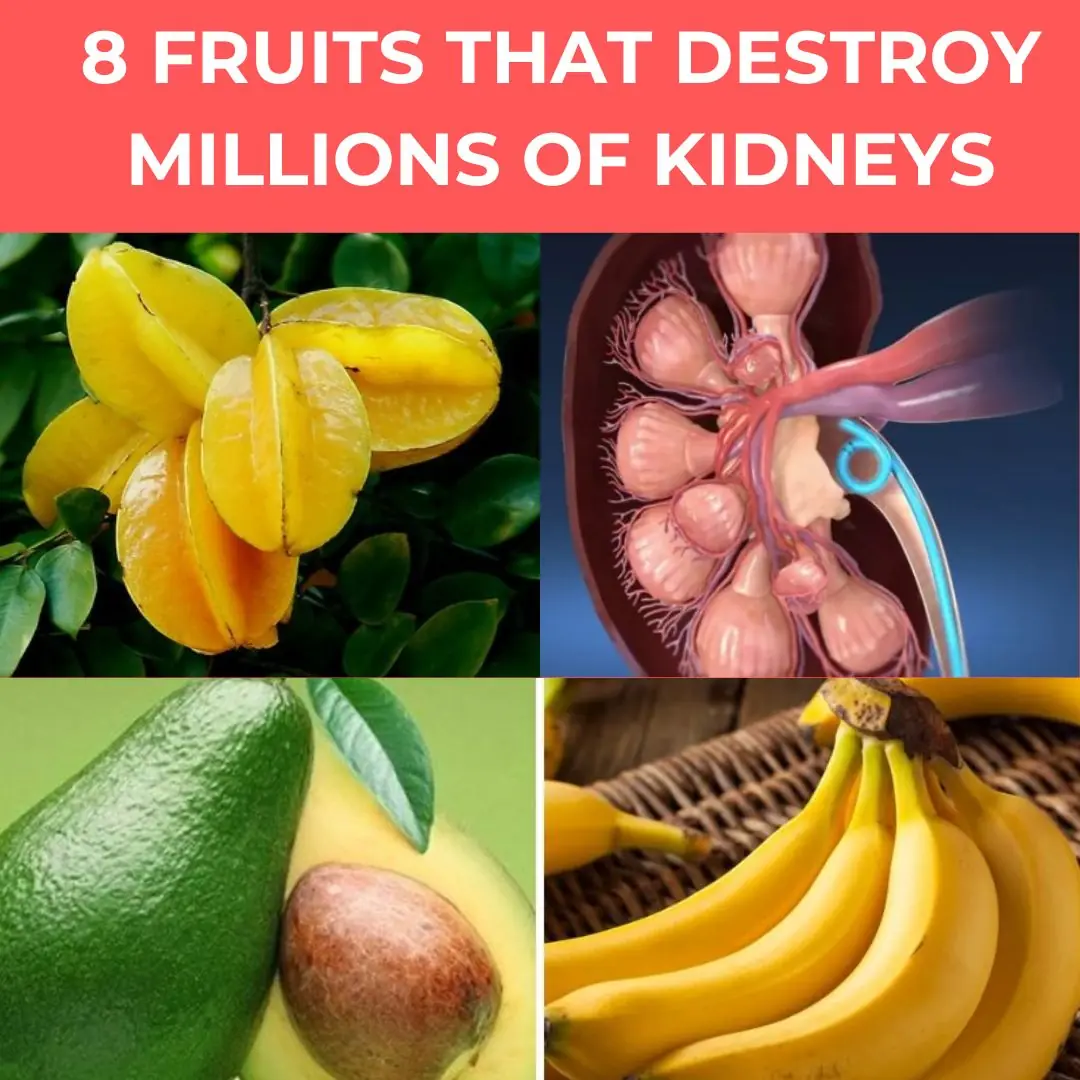
8 Fruits That Can Harm People with Kidney Disease
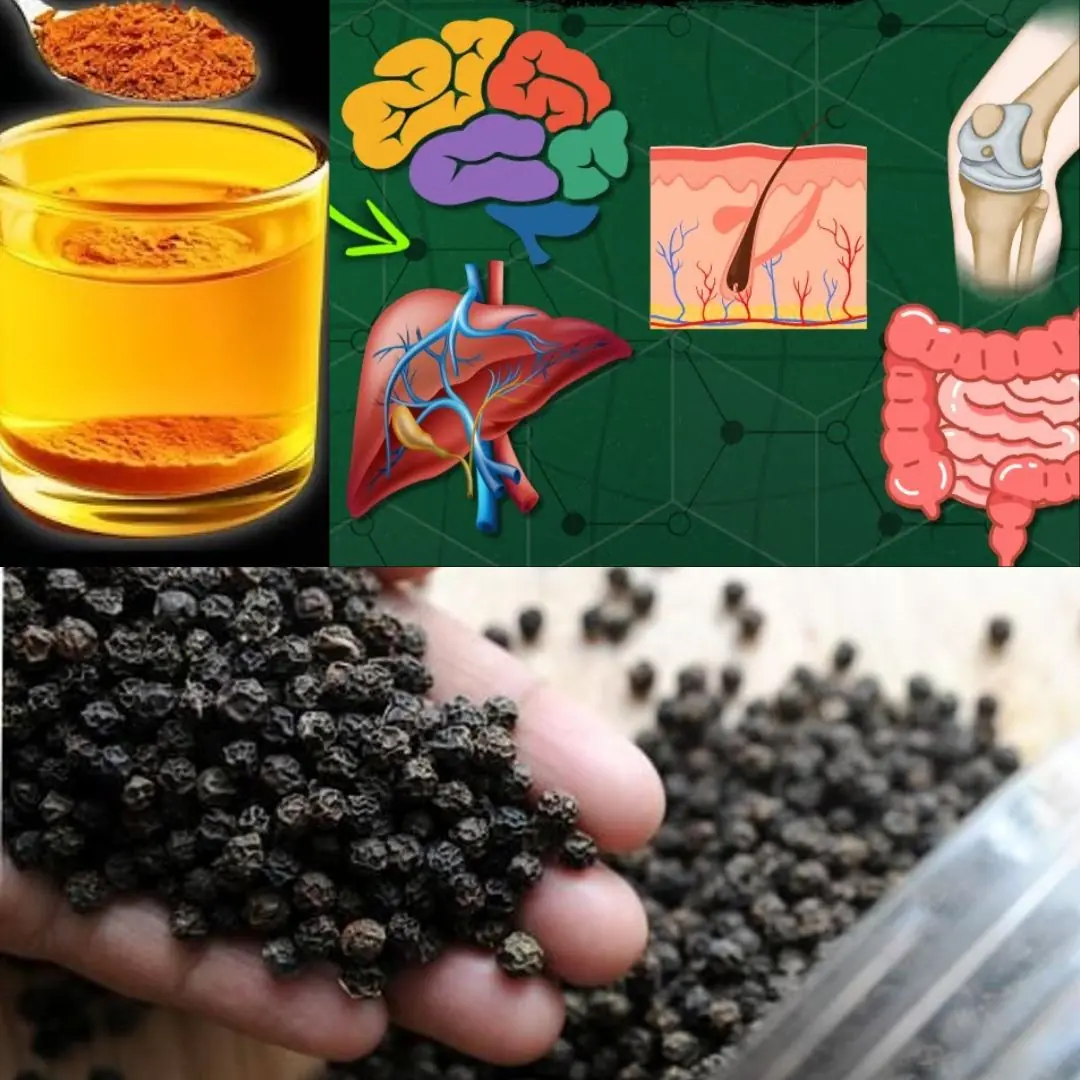
The #1 Most Powerful Remedy in the World
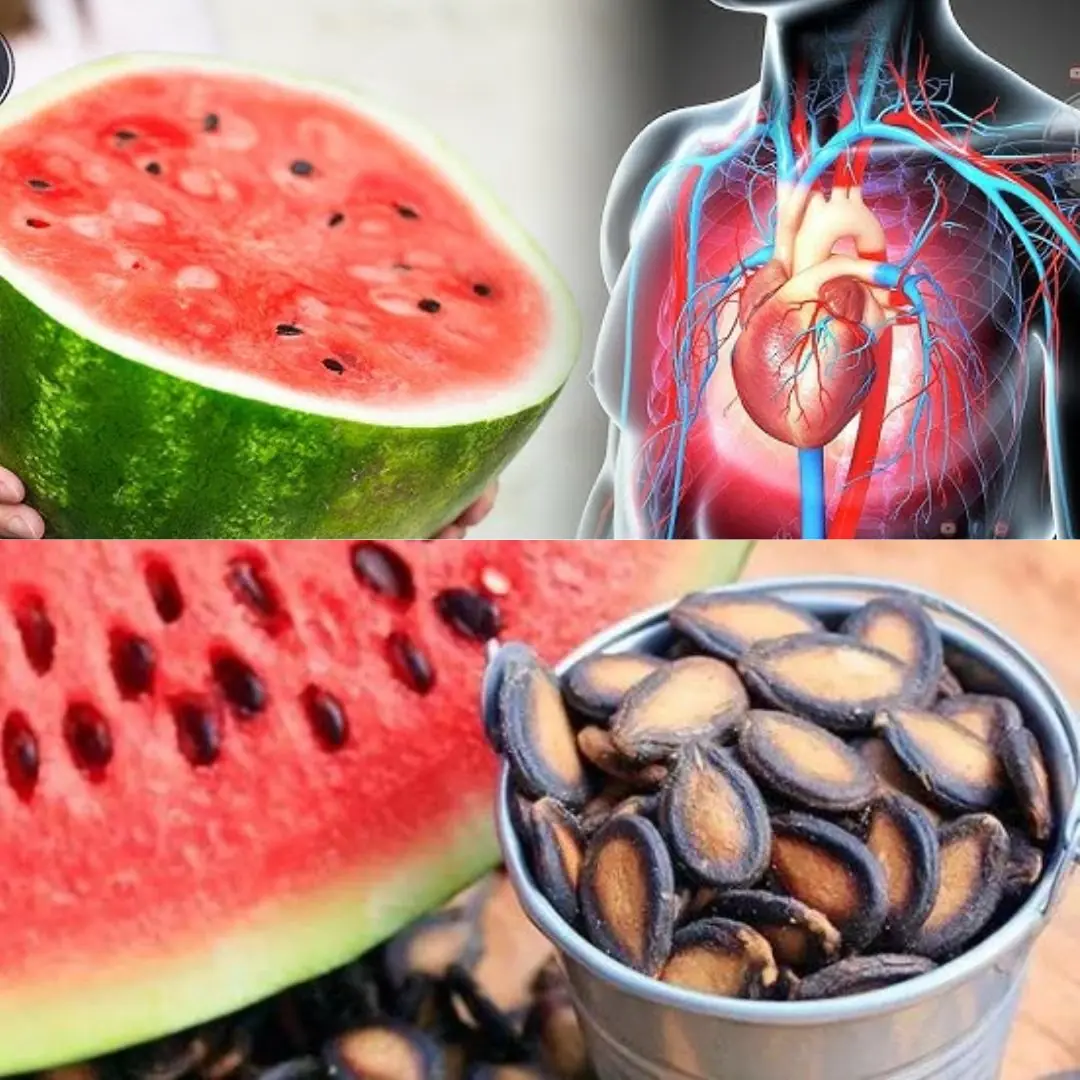
Watermelon Seed Tea: A Natural Remedy for Health & Wellness

78-Year-Old Woman Returns from Nursing Home to Her House – Only to Find a Mansion with Changed Locks in Its Place
Margaret left her home behind years ago, believing it would always be there waiting for her. But when the 78-year-old finally returned, her small house had vanished, replaced by a grand mansion with locked doors and a shocking secret inside.

I Paid for My Husband's Medical Studies—but After Graduation He Told Me I Wasn't 'Good Enough' for Him Anymore
I worked double shifts, skipped vacations, and drained my savings so my husband could chase his dream of becoming a doctor. The day he graduated, I stood there, proud. But before I could celebrate, he turned to me and said six words that shattered everyth
